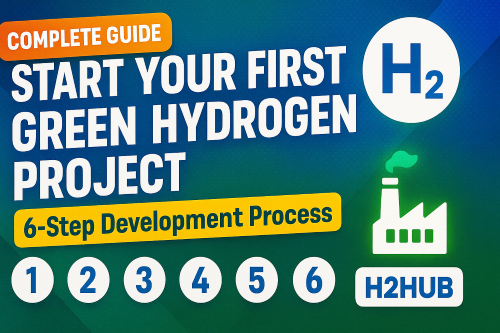Converting Waste into Clean Energy: Bioenergy Explained
- switchingtosolarpv
- Dec 7, 2022
- 3 min read
You’ve probably heard of solar and wind energy, but have you heard of bioenergy? Bioenergy is a clean and renewable source of energy that can be derived from organic matter like trees, plants, and food waste. In other words, it’s a way to turn your trash into treasure! Not only is bioenergy good for the environment, it can also provide much-needed power to homes and businesses. Here’s an overview of how bioenergy works and why it matters.
What is bioenergy and how does it work?
Bioenergy is a form of renewable energy that harnesses the power of carbon-neutral, organic materials such as animal waste, vegetable oil and sawdust to generate electricity and heat. This sustainable energy source works through a process called biomass conversion, in which biomass sources are broken down into simpler compounds. These breakdowns generally occur either thermally or biologically, then the resulting compounds are used to create combustible fuel such as biogas, biodiesel, ethanol and methanol which can be burned to create energy. It’s easy to see why this type of green energy production has become increasingly popular – it helps reduce emissions of pollutants from fossil fuels while ensuring a renewable supply of energy for generations to come.
The benefits of using bioenergy
Bioenergy is quickly gaining traction in the energy sector as an alternative source of renewable energy. This new form of energy has vast potential, as it allows users to benefit from environmental and economic advantages that are not found in more traditional sources of fuel. From generating electricity to heating homes, bioenergy can be used to power numerous processes while reducing greenhouse gases and eliminating the need for harmful pollutants. In urban areas, bioenergy often finds a use in transportation options such as buses and taxis, allowing commuters to travel in a sustainable fashion while saving money on fuel costs. On a larger scale, the use of bioenergy presents governments with an excellent opportunity to find alternative solutions for powering cities and helping protect citizens’ health by reducing air pollution. With many benefits, it’s easy to see why more communities are making the switch to this efficient, eco-friendly form of energy production.
How to convert waste into bioenergy – biogas, biomass and biofuels
Turning waste into energy has become an increasingly popular way to reduce our reliance on fossil fuels. Bioenergy is a form of renewable energy produced through the conversion of organic matter such as food and garden waste, agricultural byproducts and animal manure. The process essentially transforms these materials into biofuels, biogas, and biomass that can be utilized for a variety of purposes from heating buildings to powering vehicles. One common method is to capture methane gas in a closed tank known as an anaerobic digester. Here, microorganisms break down the organic material in zero oxygen conditions producing biogas which can then be used as fuel in combustion engines. Otherwise, the organic matter can produce a combustible pellets or briquettes known as biomass which can burn like wood logs and generate electricity. In essence, bioenergy production allows us to turn an environmental hazard –marooned organic waste – into something useful and beneficial for society by providing reliable clean energy sources.
The future of bioenergy
The future of bioenergy is promising, offering an increasingly viable alternative to the world’s reliance on traditional fossil fuels. Bioenergy harnesses energy from plant matter like grasses and tree fibers, as well as by-products such as manure, waste, and other agricultural leftovers. These sources of energy can unlock new industries with the potential to revolutionize how people create electricity. Additionally, because these sources are abundant, renewable and quickly replenish themselves – making them cost-effective in the long run – countries around the world are exploring ways to tap into this power source for their energy needs. Combined with advances in technology and engineering that make bioenergy more efficient and easier to access than ever before, there is ample reason to be optimistic about its prospects for both contributing to a seamless integration into established grids or as a central component of small-scale projects. Experts predict that soon we may find a balance between nature’s capacity and our collective need for reliable clean energy.



Comments